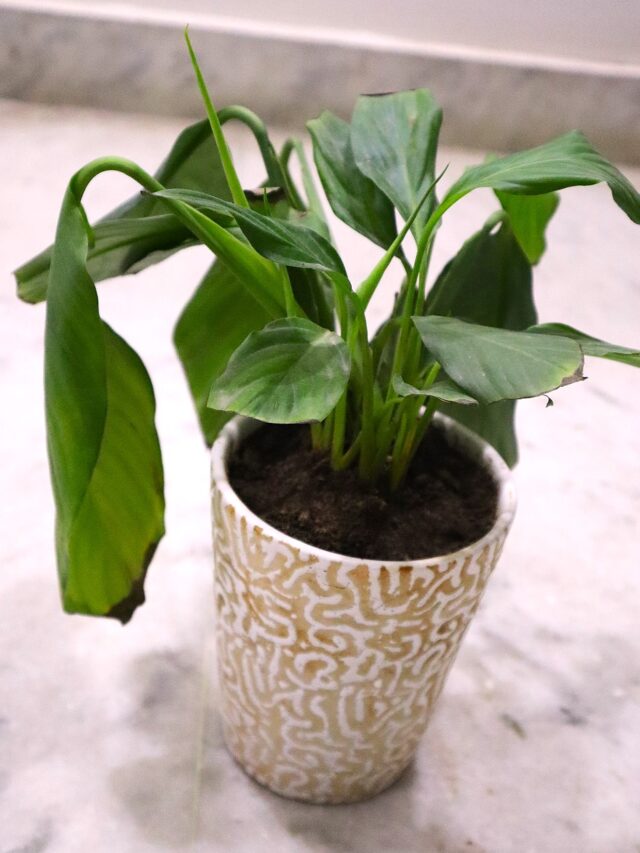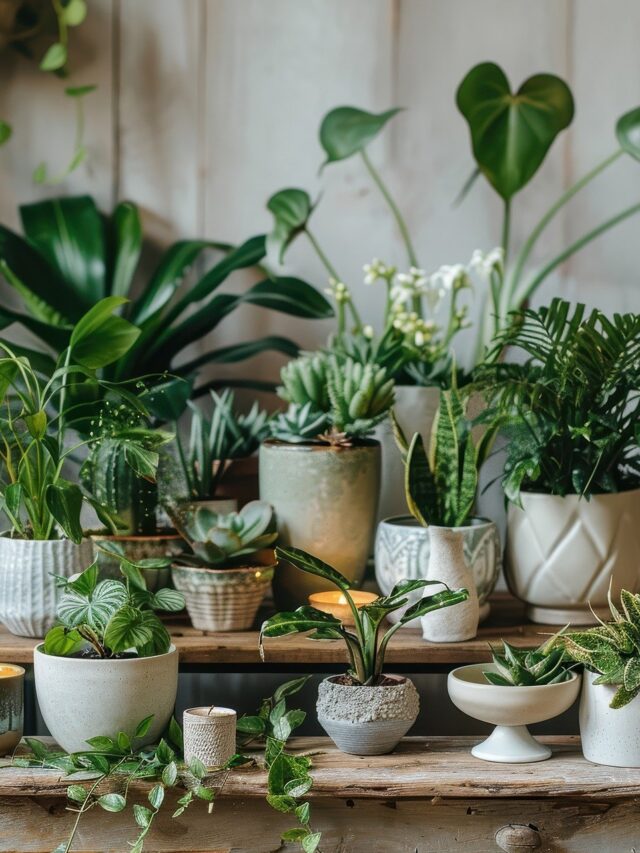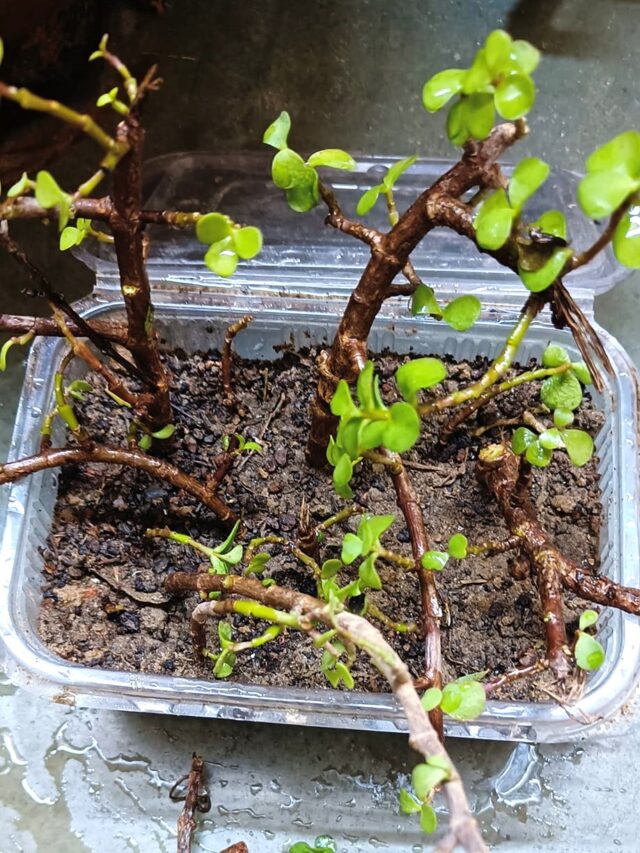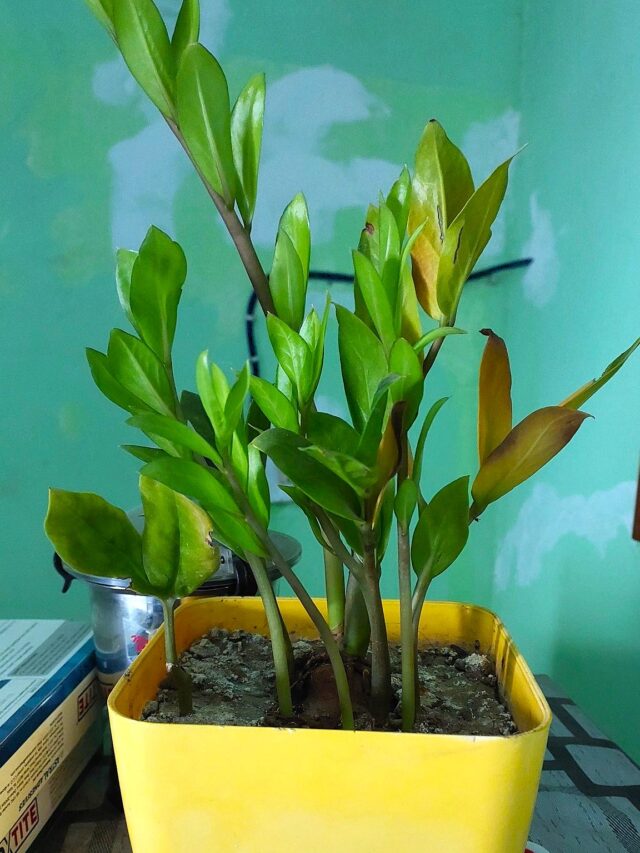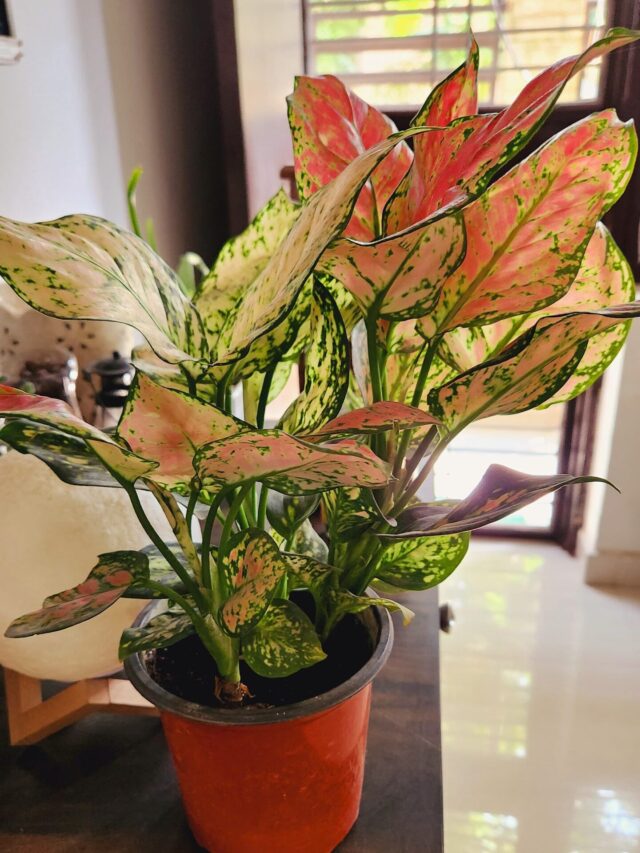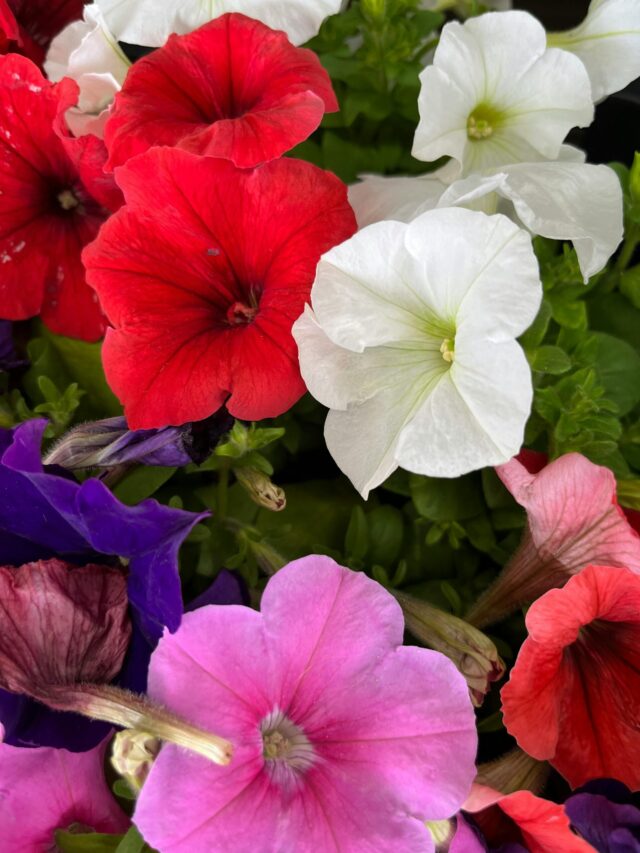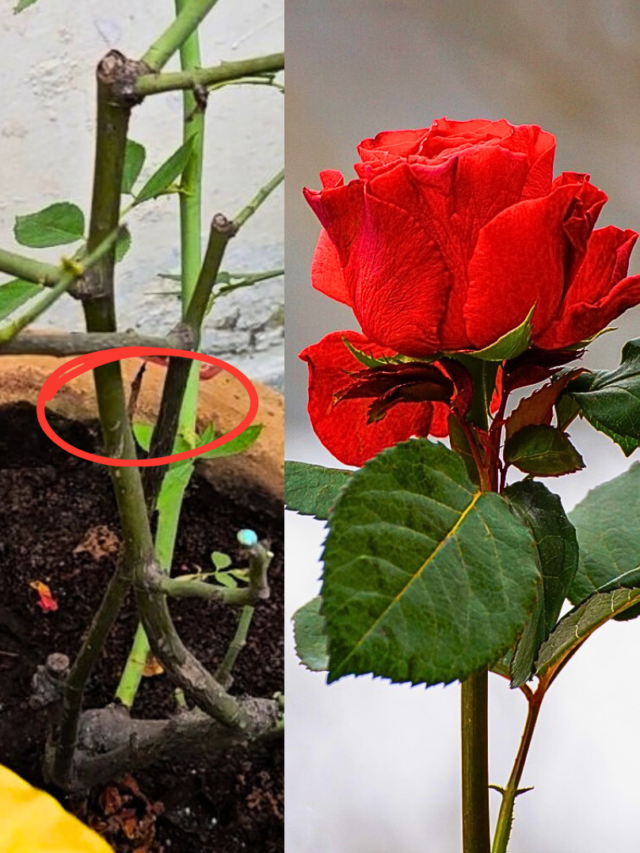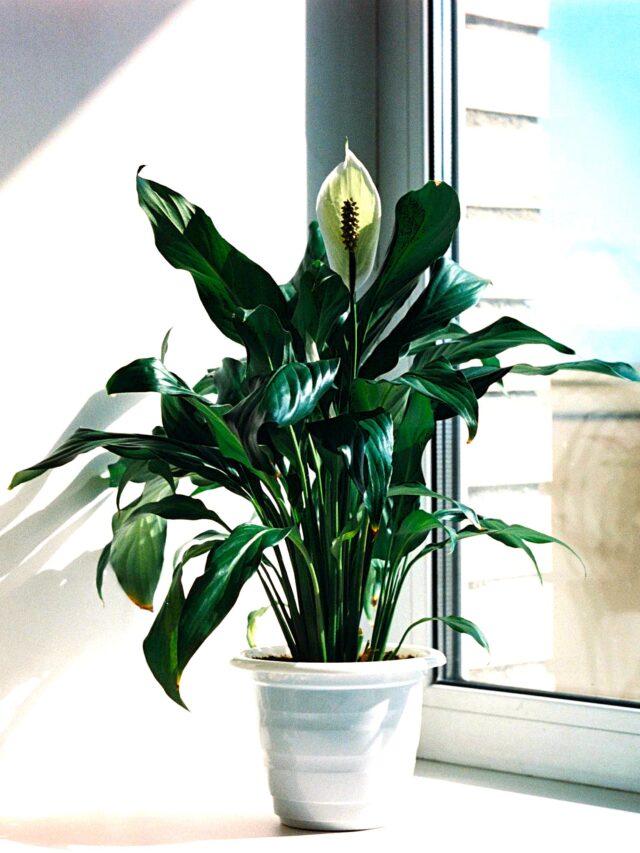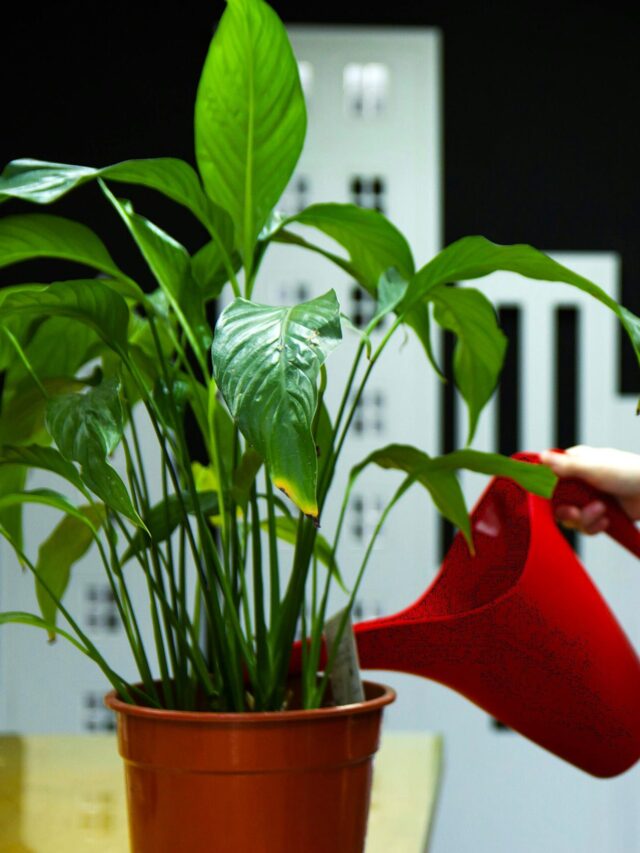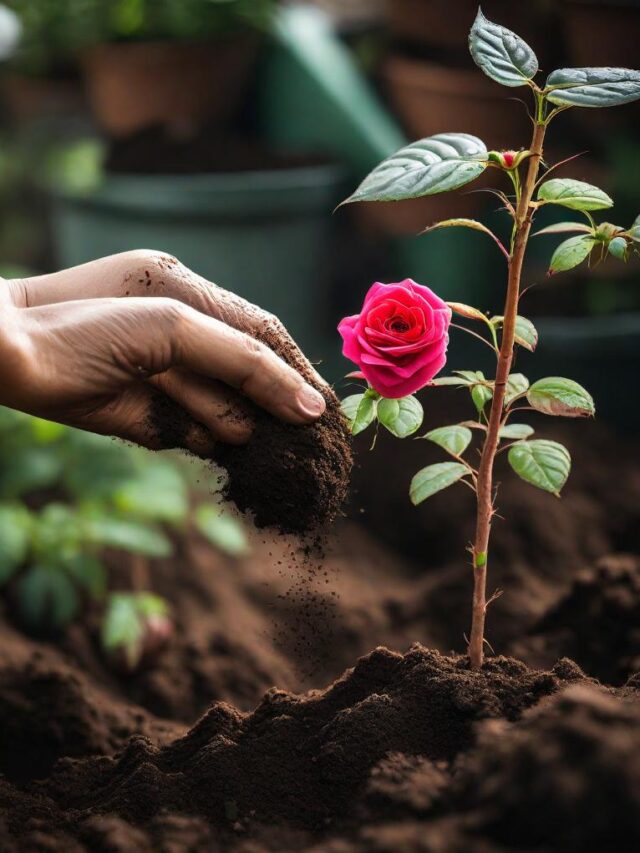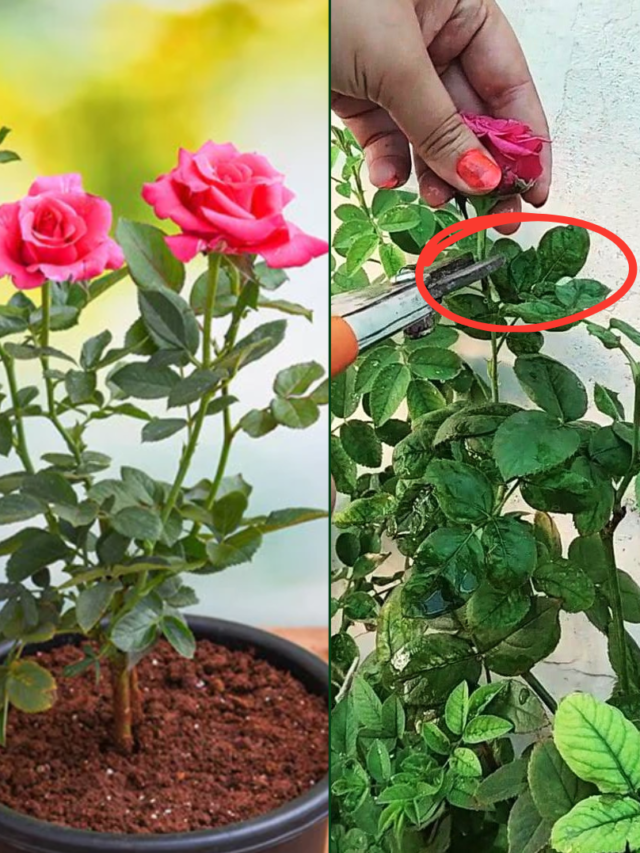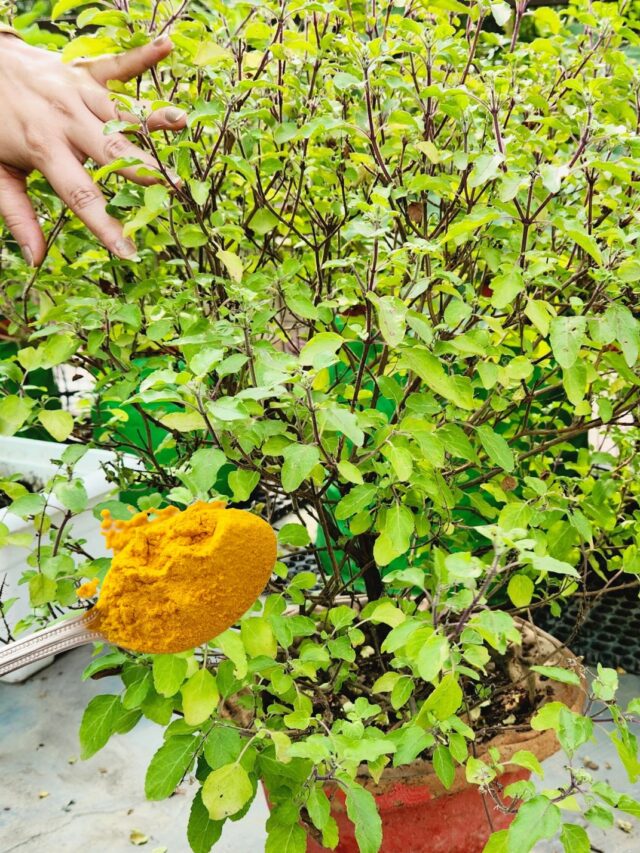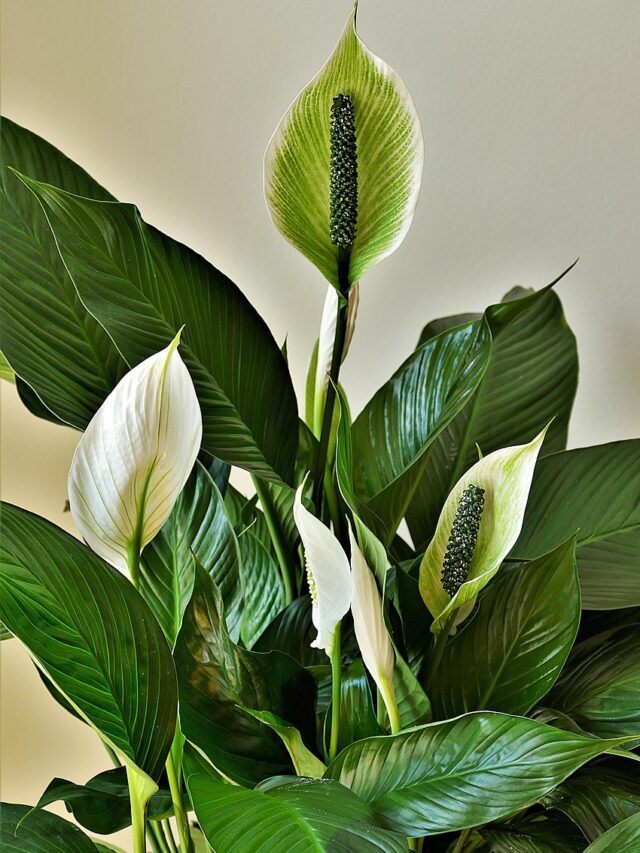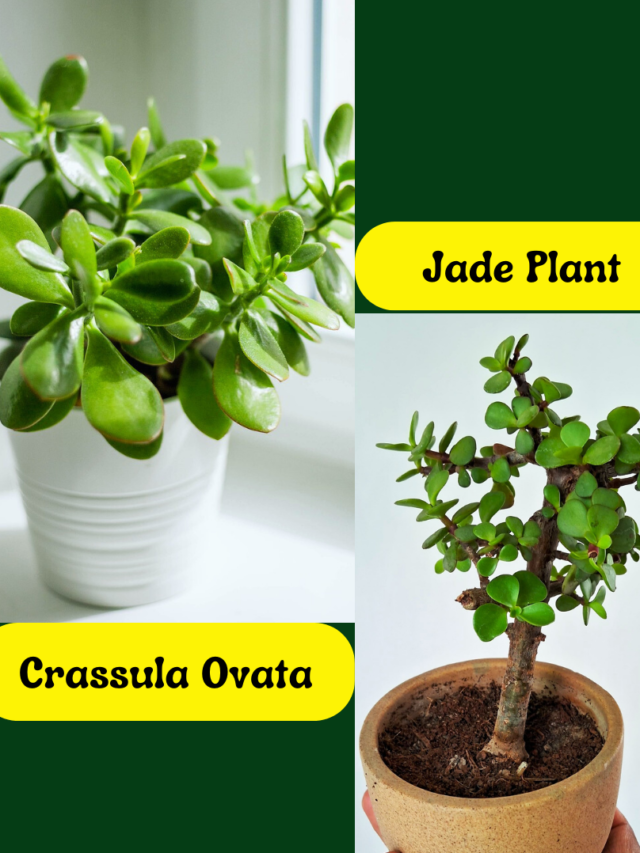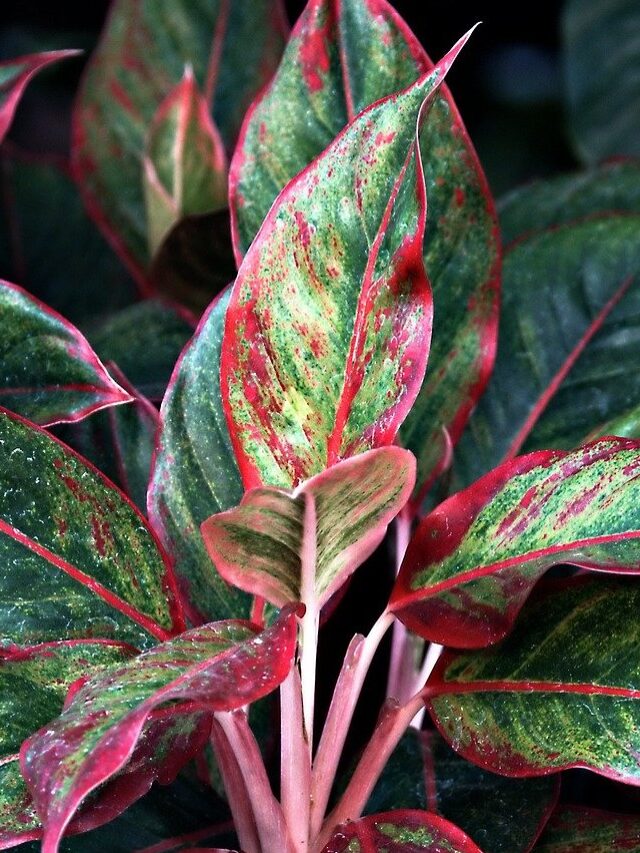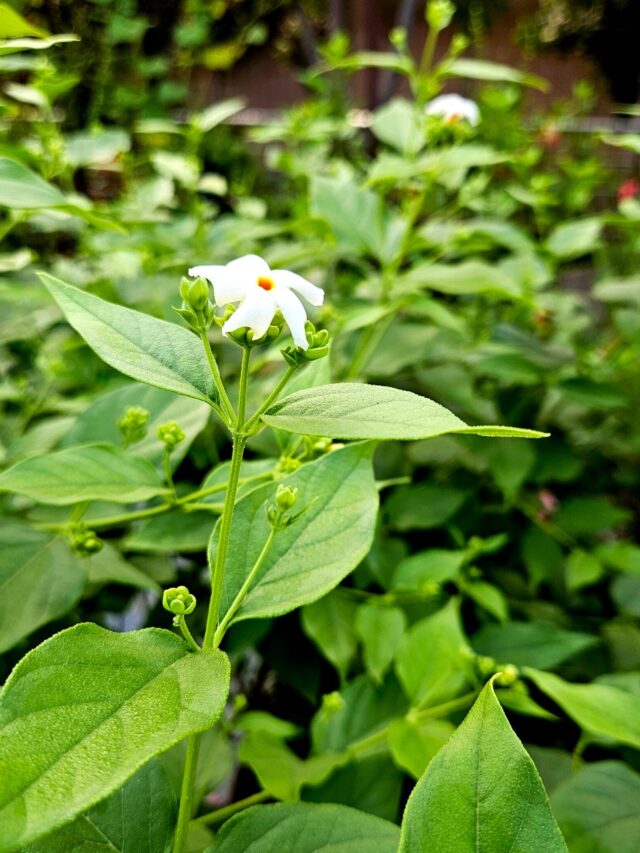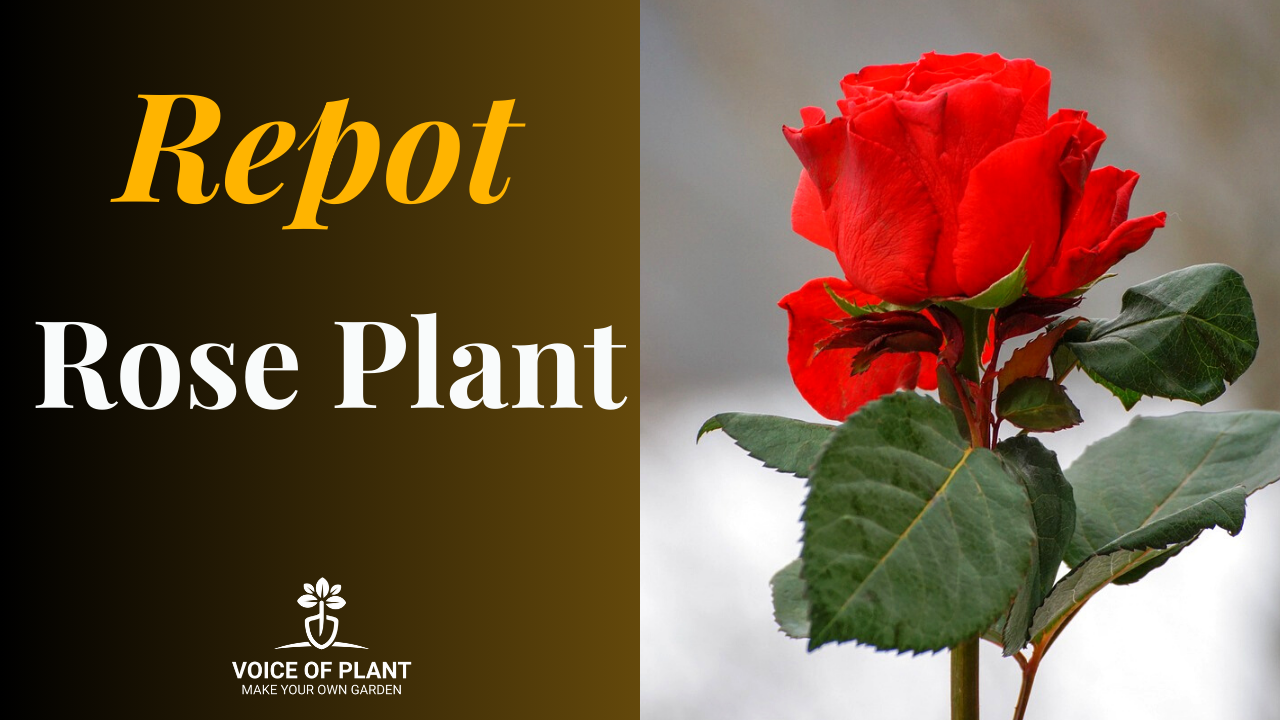How to care Rose Plant
Roses are attention-seeker and cautious plants. They love to be loved and pampered throughout the year. Being delicate flowers it is essential to understand their behavior and requirements before planting them at home.
So, before planting, let’s first understand how to care rose plant after getting them from the nursery. What are the necessities and preferences of the rose plant?

All the important points are detailed here to maintain the plant’s health because it will flower automatically if it is healthy.
Tips to care Rose plant
1. Do not remove new buds & flowers of the Rose plant
- After fetching from the nursery, do not remove any buds or flowers from the plant.
- Once the flowers start fading, remove them by cutting from the top of the node.

- At the flowering stage, plants shed all their energy into the flowers, and the rest of the plant’s growth gets hampered.
- So, if the flowers are mature enough to be plucked, remove them, and the plant will use its energy to bloom more new flowers.
- This is also called a process of pruning. It promotes the growth of the plant, and new branches and flowers will originate from the point where the old flowers were removed.
2. Remove all the unwanted weeds of the Rose plant
- Whenever unwanted weeds appear, remove them immediately to prevent them from growing bigger.

Why should we remove weeds from the rose plant?
- Weeds take up all the energy and nutrients of the main plant which is required for growth.
- They spread so fast, that there would be hardly any space left for tilling of the soil. Also, they block air and sunlight from reaching the soil.
- Moreover, it spreads downwards and absorbs a significant amount of moisture from the water. Additionally, it invites fungus, ants, and pests.
Important note:
- The soil of the rose plant should be kept clean and free from fungus or pests.
3. Pruning and deadheading of the Rose plant

- If the pruning is not done correctly and at the right time then the rose plant will become dense and it will not bloom.
- Hence, pruning is a mandatory in gardening.
4. Feeding Fertilizers to the Rose plant

- After pruning, hoe the soil and provide it with high NPK fertilizer. Any strong fertilizer, like cow dung compost, vermicompost, or kitchen waste compost is recommended here.
- Mustard cake fertilizer can also be one good option.
5. Rose plant follows a specific pattern to grow

- Rose plant follows a specific pattern of growth and dormancy.
- It follows a structured growth cycle that includes growth, pruning, fertilization, and harvesting.
- After the flowers are harvested, rose plants enter a dormant phase approximately for 20 to 25 days before blooming again.
6. Give liquid tonic to the Rose plant
-
- It is very important to give liquid tonic to the rose plant when it is about to bloom and after the formation of buds.
Suggested liquid tonics are –
- Onion peel fertilizer
- Banana peel fertilizer
- Epsom salt
- Vermicompost tea
- Seaweed fertilizer
- Mustard cake fertilizer
Important note:
- Liquid tonics enhance the size and health of the flowers and also accelerate the growth of the rose plant.
Read article:
Best Fertilizers for Rose plant
7. Best Season for the Rose plant

- Rose plants are typically known as autumn-season plants and can be obtained from the nursery from October to March.
FACT
- Native roses are only red or white in color and have fragrance while hybrid roses are available in different colors and varieties but generally do not have any fragrance.
8. Pot Specifications for the Rose plant
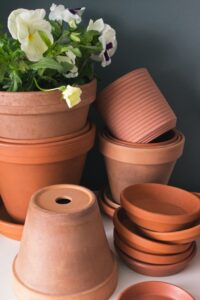
- Earthen pots are the most suitable pots for rose plants. Avoid using cement, ceramic, or plastic pots.
- Choose those pots that are 10 to 12 inches.
- Roses also have thorns, so if a small pot is taken, the thorns can harm the gardener’s hands during transplanting into a larger pot.
- In small pots, the thorns take up a lot of space, making it challenging to transfer the plant to a new pot with the thorns intact.
9. Soil Mixture for the Rose plant
- Creating the right soil mixture for rose plants is essential for their health and growth. Rose plant prefer well-drained soil that is rich in organic matter.
For the perfect soil mixture follow the given steps:
- Soil – Take local area soil and clean it to remove all the debris, glass, and plastic pieces.
- Vermicompost – It should be half the quantity of the soil.
- Sand – Rose grows best in sandy soil. So, use an equal amount of sand as vermicompost.
- Coco peat – To balance the moisture level of the soil add cocopeat 1/4th of the sand.
- Neem Cake powder – To prevent insects, add a little bit of neem cake powder.
- Bone meal: You can also consider adding a bone meal if you wish.
Read article on:
How to prepare soil mix for rose plants
10. Watering the Rose plant
- When the soil around the roots dries up, the leaves turn yellow and begin to dry out.
- If the soil around the roots is too wet, black spots start to appear on the leaves. These black spots can be seen all over the plant.
- Monitor the soil very carefully and water when it becomes slightly moist, as it will dry out in the next stage.
- Check the soil with your hand, and if it begins to drain, water it accordingly.
11. Sunlight for Rose plant

- Roses love sunlight, so give this plant as much sunlight as possible.
- Flowers require at least 4 hours of sunlight to bloom.
Last but not least is to take care of it properly otherwise do not buy this plant.
————————–
Follow our Social media channel:
1. Voice of Plant – YouTube Channel
2. Voice of Plant Facebook Page
3. Instagram Voice of Plant Channel
Happy Gardening!!

